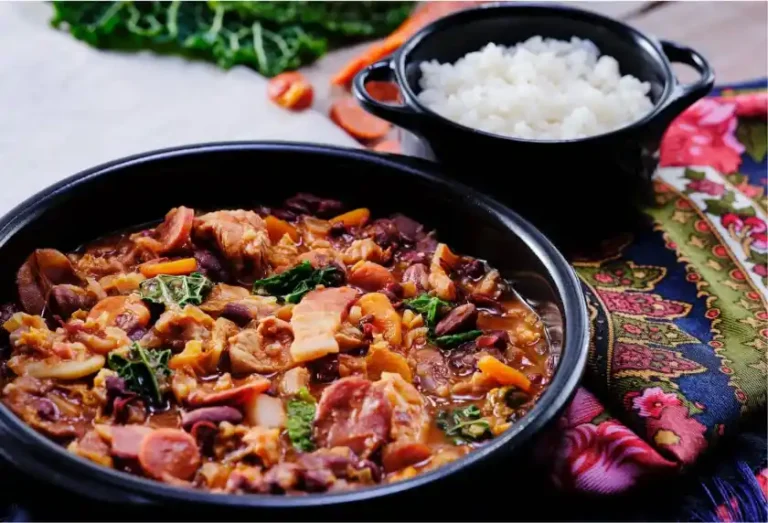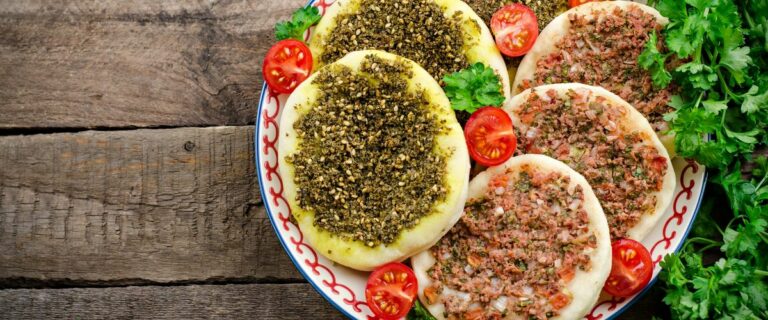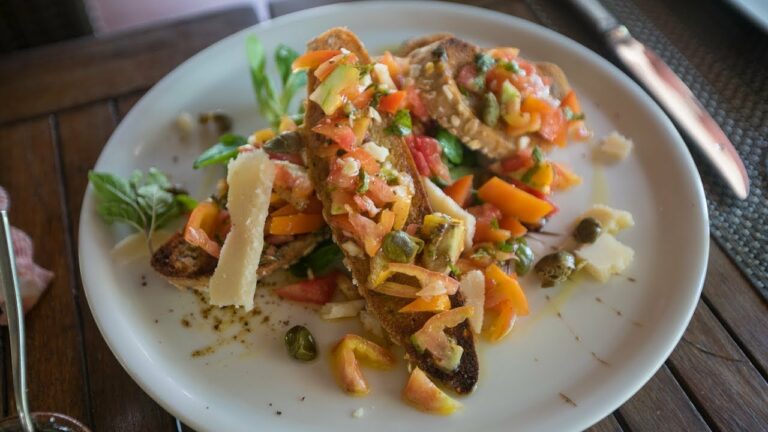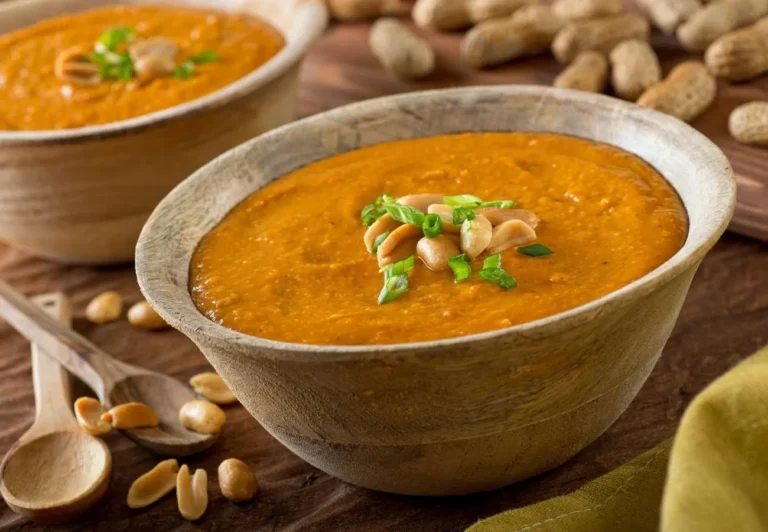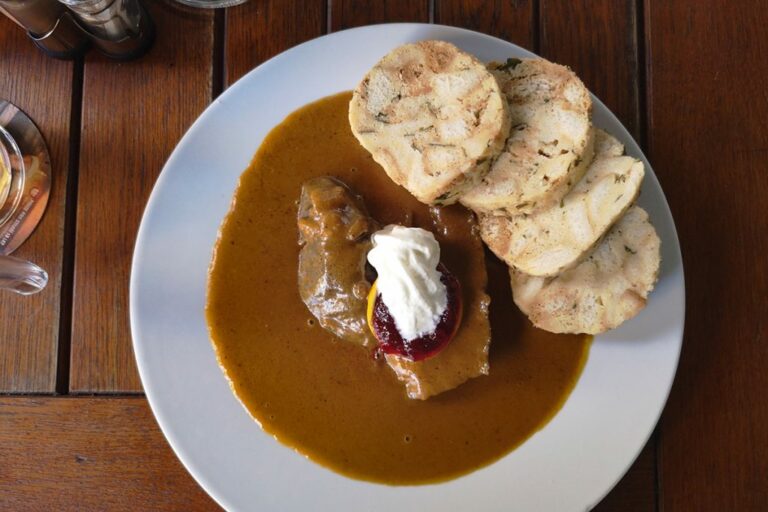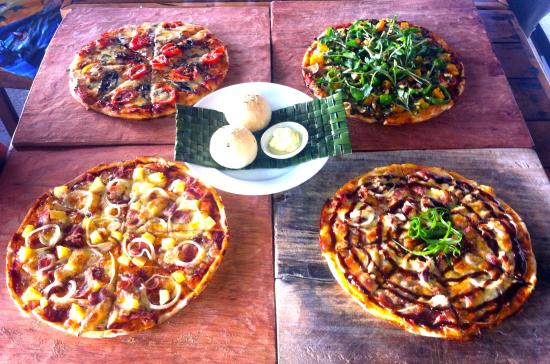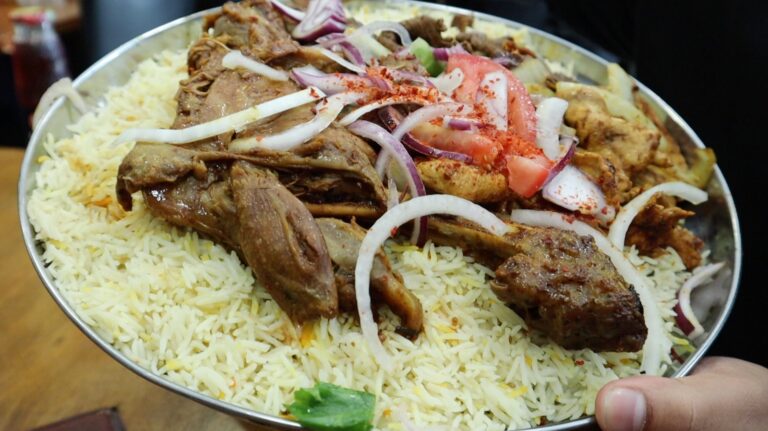Introduction: San Marino’s Culinary Offerings
San Marino, the fifth smallest country in the world, is nestled in the heart of Europe. This tiny republic has its own unique culinary traditions and offers a variety of delicious dishes that cater to different dietary needs. Whether you’re looking for gluten-free options, vegetarian dishes, dairy-free choices, or vegan-friendly meals, San Marino has something to offer.
Gluten-Free Options
If you are on a gluten-free diet, you don’t have to miss out on the delicious flavors of San Marino’s cuisine. Some of the gluten-free options you can try include piadina, which is a thin flatbread made with flour, water, and olive oil. Another gluten-free option is the traditional dish called cacciatello, which is a type of polenta made from cornflour and cheese. You can also enjoy risotto, which is a rice dish cooked with vegetables, cheese, and sometimes meat.
Vegetarian Dishes
San Marino has plenty of vegetarian options for those who do not eat meat. One of the most popular vegetarian dishes is the Torta Tre Monti, a layered cake made from chocolate and hazelnuts. Another delicious vegetarian option is the Tagliatelle al Tartufo, which is a pasta dish with truffle sauce. You can also try the Fagioli con le Cotiche, which is a stew made with beans and pork rind, but can be made without the pork rind for vegetarians.
Dairy-Free Choices
For those who are lactose intolerant or avoid dairy, San Marino has a few dairy-free options. One of the most popular dishes is the pasta alla Norma, which is made with eggplant, tomato sauce, and topped with ricotta salata cheese. However, you can ask for the dish to be made without the cheese. Another dairy-free option is the Caponata, which is a dish made with eggplant, tomato, and onion.
Vegan-Friendly Meals
If you’re a vegan, San Marino has a few options for you to try. For example, you can try the Minestra di Verdure, which is a vegetable soup made with seasonal vegetables and legumes. Another vegan-friendly option is the Insalata di Rucola e Carciofi, which is a salad made with rocket, artichokes, and a lemon dressing. You can also try the Focaccia con le Cipolle, which is a type of bread made with onions and rosemary.
Conclusion: Enjoy the Flavors of San Marino!
Whether you have dietary restrictions or not, San Marino has something to offer for everyone. From traditional dishes to modern cuisine, you can enjoy the unique flavors of this tiny republic. So why not book a table at one of San Marino’s fantastic restaurants and try some of their delicious dishes? You won’t be disappointed!


